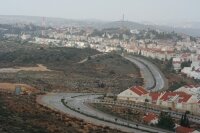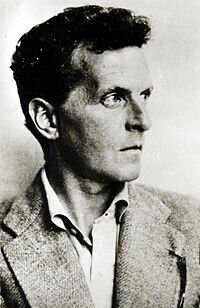Syria (Arabic: سوريا or سورية ), officially the Syrian Arab Republic (Arabic: الجمهورية العربية السورية ), is a country in the Middle East, bordering Lebanon to the west, Palestine to the southwest, Jordan to the south, Iraq to the east, and Turkey to the north. The modern state of Syria attained independence from the French mandate of Syria in 1946, but can trace its historical roots to the fourth millennium BC; its capital city, Damascus, was the seat of the Umayyad Empire and a provincial capital of the Mamluk Empire.
Isaiah 17: An Oracle Concerning Damascus
close
1 An oracle concerning Damascus.
Behold, Damascus will cease to be a city
and will become a heap of ruins.
2 The cities of Aroer are deserted;
they will be for flocks,
which will lie down, and none will make them afraid.
3 The fortress will disappear from Ephraim,
and the kingdom from Damascus;
and the remnant of Syria will be
like the glory of the children of Israel,
declares the LORD of hosts.
4 And in that day the glory of Jacob will be brought low,
and the fat of his flesh will grow lean.
5 And it shall be as when the reaper gathers standing grain
and his arm harvests the ears,
and as when one gleans the ears of grain
in the Valley of Rephaim.
6 Gleanings will be left in it,
as when an olive tree is beaten—
two or three berries
in the top of the highest bough,
four or five
on the branches of a fruit tree,
declares the LORD God of Israel.
7 In that day man will look to his Maker, and his eyes will look on the Holy One of Israel.
8 He will not look to the altars, the work of his hands, and he will not look on what his own fingers have made, either the Asherim or the altars of incense.
9 In that day their strong cities will be like the deserted places of the wooded heights and the hilltops, which they deserted because of the children of Israel, and there will be desolation.
10 For you have forgotten the God of your salvation
and have not remembered the Rock of your refuge;
therefore, though you plant pleasant plants
and sow the vine-branch of a stranger,
11 though you make them grow on the day that you plant them,
and make them blossom in the morning that you sow,
yet the harvest will flee away
in a day of grief and incurable pain.
12 Ah, the thunder of many peoples;
they thunder like the thundering of the sea!
Ah, the roar of nations;
they roar like the roaring of mighty waters!
13 The nations roar like the roaring of many waters,
but he will rebuke them, and they will flee far away,
chased like chaff on the mountains before the wind
and whirling dust before the storm.
14 At evening time, behold, terror!
Before morning, they are no more!
This is the portion of those who loot us,
and the lot of those who plunder us. —
Isaiah 17 ESV
Syria has a population of 19 million, of whom the majority are Arabic-speaking Sunni Muslims, as well as 16% other Muslim groups, including the Alawi, Shiite, and Druze, and 10% Christian.
Since 1963 the country has been governed by the Baath Party; the head of state since 1970 has been a member of the Assad family.
Syria's current President is Bashar al-Assad, son of Hafez al-Assad, who held office from 1970 until his death in 2000.
Historically, Syria has often been taken to include the territories of Lebanon, Israel and the Palestinian Territories, and parts of Jordan, but excluding the Jazira region in the north-east of the modern Syrian state. In this historic sense, the region is also known as Greater Syria or by the Arabic name Bilad al-Sham (بلاد الشام ). Since the Six-Day War in 1967, Israel administers the disputed Golan Heights to the southwest of the country; a dispute with Turkey over the Hatay Province has subsided.
The name Syria comes from the ancient Greek name for the former colonial territories of Assyria such as Canaan and Aram.
At the eastern end of the Mediterranean Sea between Egypt and Arabia to the south and Cilicia to the north, stretching inland to include Mesopotamia, and having an uncertain border to the northeast that Pliny the Elder describes as including from west to east Commagene, Sophene, and Adiabene, "formerly known as Assyria" (N.H. 5.66).
By Pliny's time, however, this larger Syria had been divided into a number of provinces under the Roman Empire (but politically independent from each other): Judaea (or "Judea" and later renamed Palestina in AD 135—the region corresponding to the modern states of Israel and Jordan and the Palestinian territories) in the extreme southwest, Phoenicia corresponding to Lebanon, with Damascena to the inland side of Phoenicia, Coele-Syria (or "Hollow Syria") south of the Eleutheris river, and Mesopotamia.
More...


 Ariel - City with a Heart by CityAriel
Ariel - City with a Heart by CityAriel














